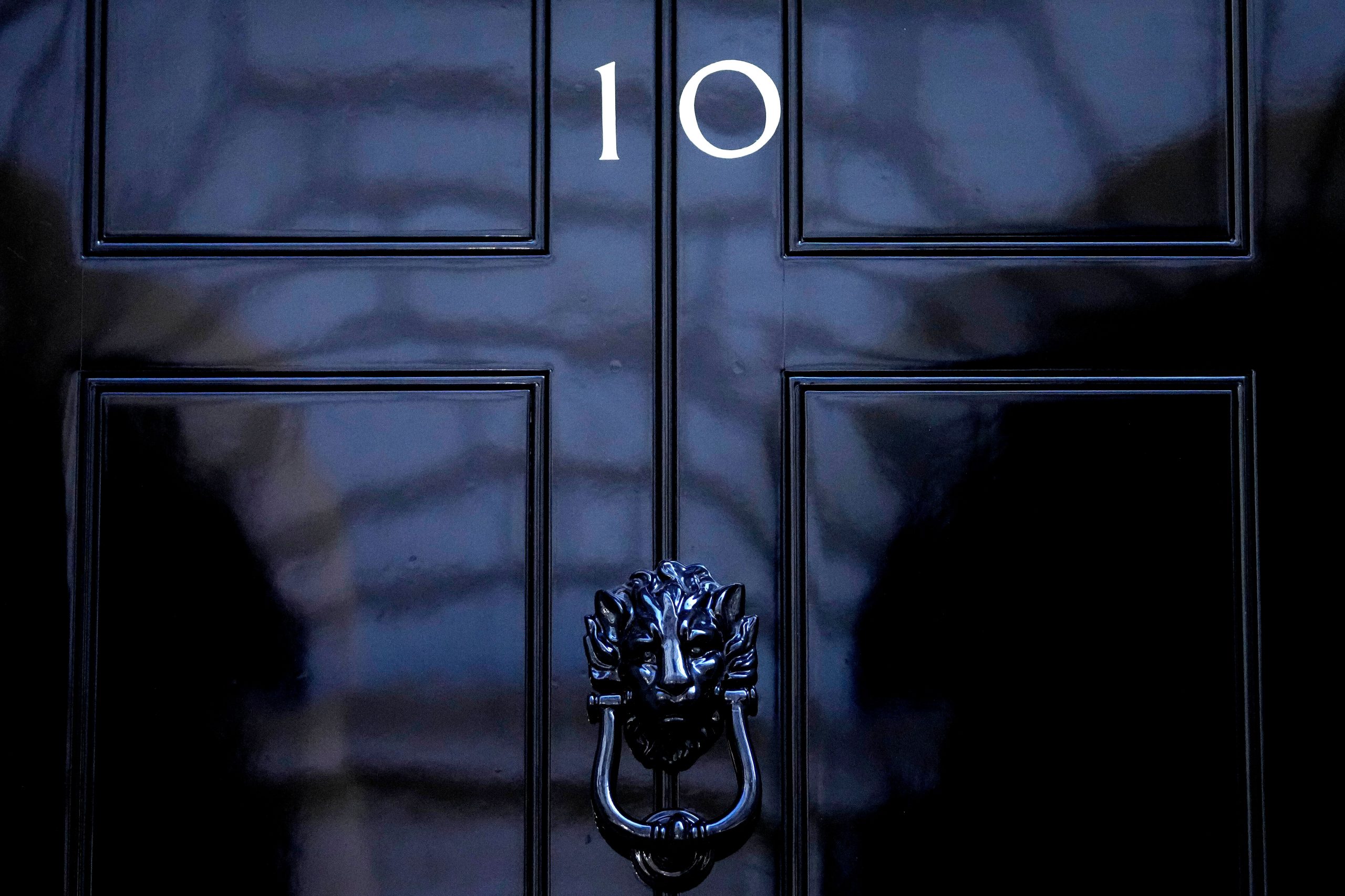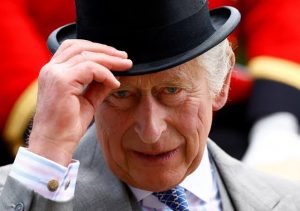In recent weeks, onlookers of Britain’s political structure may have found themselves puzzled as they saw the nation move through a string of prime ministers without holding elections. The ruling conservatives are pressing forward with choosing a new prime minister from within their own ranks, as they are entitled to do under the rules of the parliamentary democracy in Britain, despite the opposition Labour Party’s call for an election.
Also read: Rishi Sunak favourite for next UK PM: 3 other Indian-origin world leaders
British citizens never cast a direct vote for their prime minister
There are 650 local constituencies in Britain, and voters mark the box next to the name of the candidate they wish to represent as their local member of parliament, or MP. Most frequently, this will be a representative of one of the major political parties in the nation.
The party with the most seats forms the government, and the head of that party is automatically appointed prime minister. Despite the fact that coalitions are conceivable, Britain’s electoral system favours the two biggest parties, and in most instances, one party will win an absolute majority of seats, as is the fact for the Conservatives in the current Parliament.
Also read: Pound gains on the dollar as Rishi Sunak leads UK PM race
How the parties choose their leaders
All 20 of Britain’s prime ministers since 1922 have been members of the Conservative Party or Labour Party. This indicates that the individuals that make up these parties have a significant impact on the country’s prime minister. The procedures the parties employ to select them can seem convoluted.
The Conservative Party’s legislators must first show that they support a prospective leader. If there is enough backing, this person will officially run for office. After then, all Conservative MPs cast a series of votes that eventually reduced the field of contenders to just two. Finally, these two candidates are put to a vote by the party’s regular members—about 180,000 of them. The previous time, Liz Truss was selected over Rishi Sunak.
Also read: Rishi Sunak favourite for next UK PM: Everything expected to happen today
There is no need for the other party members to vote if the MPs can come together behind a single candidate. The last time this occurred was in 2016 when Theresa May was elected prime minister without opposition after David Cameron resigned. This might occur once more.
It may be argued that the Labour Party’s own procedure is much more difficult.
Boris Johnson’s 2019 election
Following Theresa May’s resignation, Boris Johnson was chosen as the new leader of his party. When voters checked their ballots in December 2019, he had been prime minister for five months. The Conservative Party’s popularity among voters did, however, solidify his position as prime minister.
Also read: Boris Johnson pulls out of Tory race for UK PM
However, even in that election, only around 70,000 people—those who happened to reside in Johnson’s congressional district in west London, South Ruislip, and Uxbridge—had the opportunity to cast a direct vote for or against him.
Since then, Liz Truss has become the second prime minister to come and depart, and a third will take office by the end of the week, all without anyone bothering the general electorate.
About UK’s next general election
According to the constitution, Britain has two more years until it must hold a general election. However, when prime ministers change, chosen by a tiny minority of the populace, more Britons are starting to question why they do not have the opportunity to choose who will be their next leader. There will probably be more demands for a general election in the near future.







